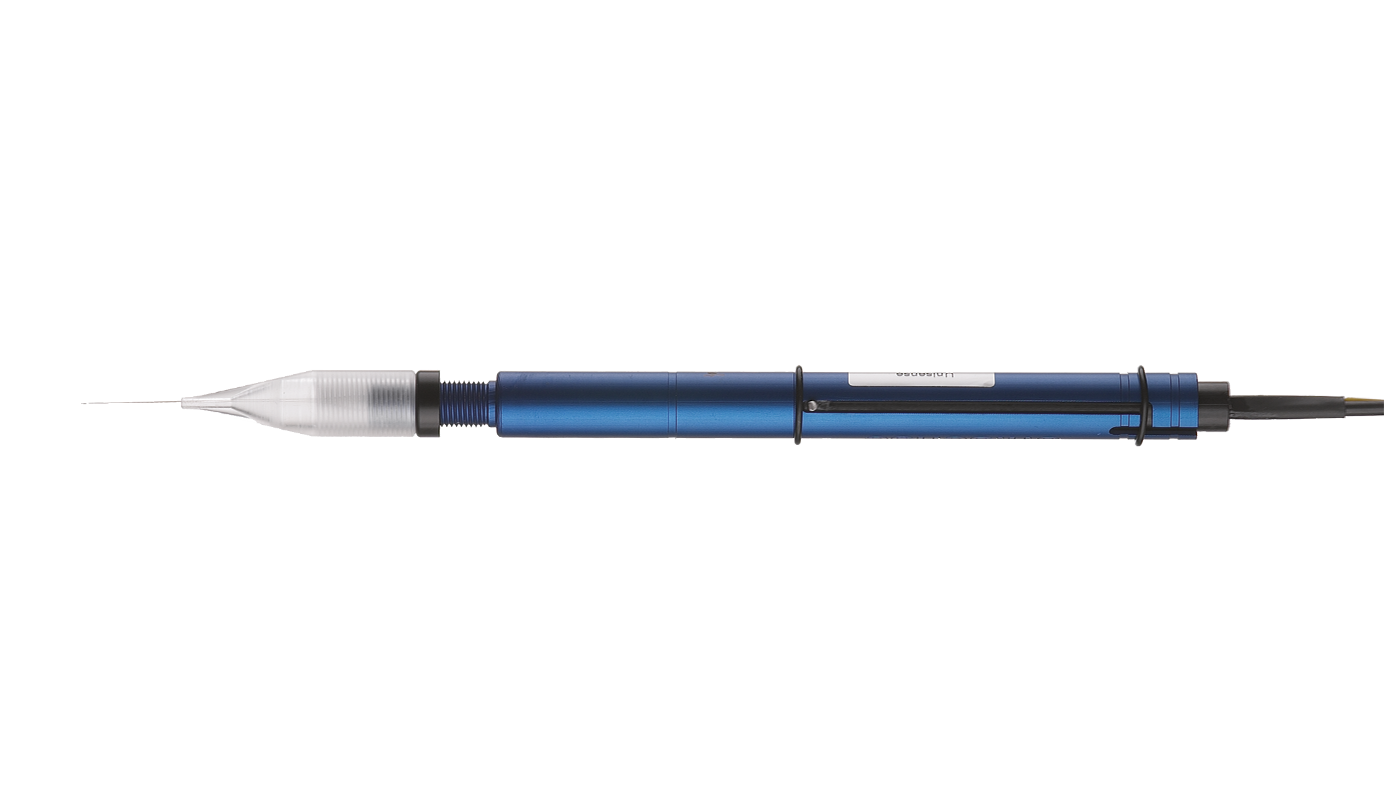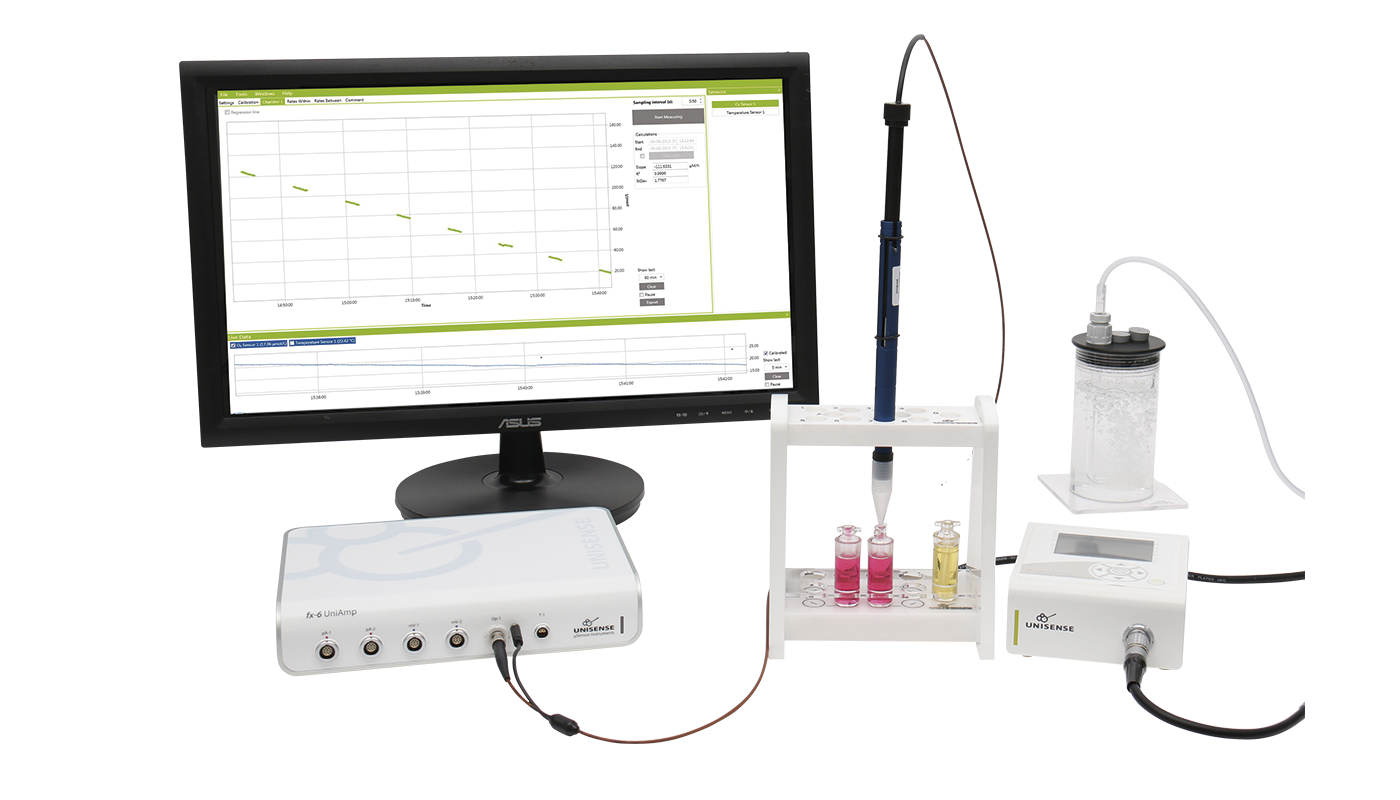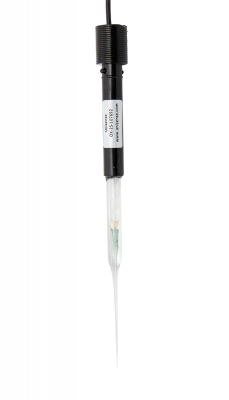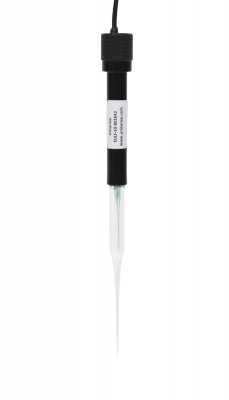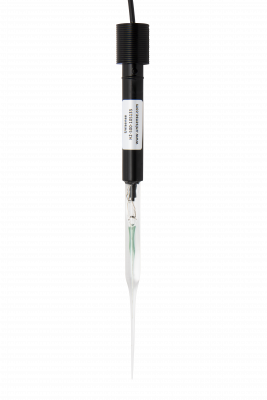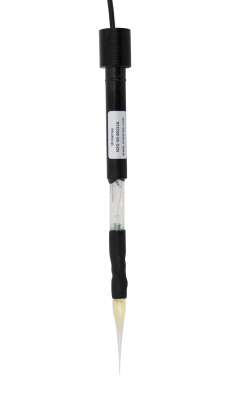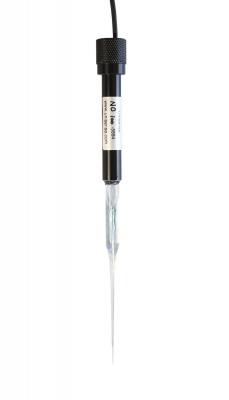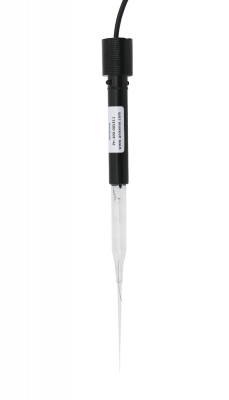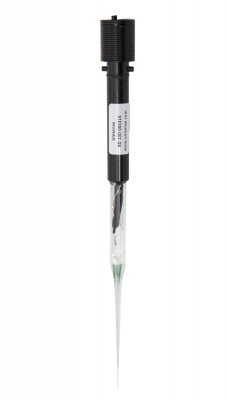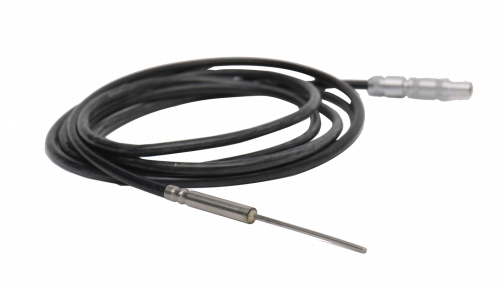Non-receptor-mediated actions are responsible for the lipid-lowering effects of iodothyronines in FaO rat hepatoma cells
Grasselli, Elena et al. (2011),
Journal of Endocrinology,
vol. 210,
59-69
Grasselli, Elena, Voci, Adriana, Canesi, Laura, Goglia, Fernando, Ravera, Silvia, Panfoli, Isabella, Gallo, Gabriella, Vergani, Laura (2011),
Journal of Endocrinology,
vol.
210,
59-69
Iodothyronines influence lipid metabolism and energy homeostasis. Previous studies demonstrated that 3,5-L-diiodothyronine (T2), as well as 3,3',5-L-triiodothyronine (T3), was able to both prevent and reverse hepatic steatosis in rats fed a high-fat diet, and this effect depends on a direct action of iodothyronines on the hepatocyte. However, the involvement of thyroid hormone receptors (TRs) in mediating the lipid-lowering effect of iodothyronines was not elucidated. In this study, we investigated the ability of T2 and T3 to reduce the lipid overloading using the rat hepatoma FaO cells defective for functional TRs. The absence of constitutive mRNA expression of both TRα1 and TRβ1 in FaO cells was verified by RT-qPCR. To mimic the fatty liver condition, FaO cells were treated with a fatty acid mixture and then exposed to pharmacological doses of T2 or T3 for 24 h. Lipid accumulation, mRNA expression of the peroxisome proliferator-activated receptors (PPAR-α, -γ, -δ) the acyl-CoA oxidase (AOX), and the stearoyl CoA desaturase (SCD1), as well as fuel-stimulated O2 consumption in intact cells, were evaluated. Lipid accumulation was associated with an increase in triacylglycerol content, PPARg mRNA expression, and a decrease in PPARδ and SCD1 mRNA expression. The addition of T2 or T3 to lipid-overloaded cells resulted in i) reduction in lipid content; ii) downregulation of PPARα, PPARγ, and AOX expression; iii) increase in PPARd expression; and iv) stimulation of mitochondrial uncoupling. These data demonstrate, for the first time, that in the hepatocyte, the lipid-lowering actions of both T2 and T3 are not mediated by TRs. © 2011 Society for Endocrinology.
10.1530/JOE-11-0074
Increased effects of internal alpha irradiation in Daphnia magna after chronic exposure over three succes…
Alonzo, F. et al. (2008),
Aquatic Toxicology,
vol. 87,
146-156
Alonzo, F., Gilbin, R., Zeman, F. A., Garnier-Laplace, J. (2008),
Aquatic Toxicology,
vol.
87,
146-156
A 70-day experiment was performed with Daphnia magna exposed to waterborne Am-241 on a range of concentrations (from 0.4 to 40 Bq ml-1) in order to test chronic effects of internal alpha irradiation on respiration, somatic growth and reproduction over three successive generations. Changes in Am-241 concentrations were followed in the water and in daphnid tissues, eggs and cuticles. Corresponding average dose rates of 0.3, 1.5 and 15 mGy h-1 were estimated. This study confirmed that oxygen consumption increased significantly in the first generation (F0) after 6 days of exposure to a dose rate ≥1.5 mGy h-1. Consequences were limited to a reduction in body length (5%) and dry mass of females (16%) and eggs (8%) after 23 days of exposure, while mortality and fecundity remained unaffected. New cohorts were started with neonates of broods 1 and 5, to examine potential consequences of the reduced mass of offspring for subsequent exposed generations. Results strongly contrasted with those observed in F0. At the highest dose rate, an early mortality of 38-90% affected juveniles while survivors showed delayed reproduction and reduced fecundity in F1 and F2. At 0.3 and 1.5 mGy h-1, mortality ranged from 31 to 38% of daphnids depending on dose rate, but was observed only in generation F1 started with neonates of the brood 1. Reproduction was affected through a reduction in the proportion of breeding females, occurring in the first offspring generation at 1.5 mGy h-1 (to 62% of total daphnids) and in the second generation at 0.3 mGy h-1 (to 69% of total daphnids). Oxygen consumption remained significantly higher at dose rates ≥0.3 mGy h-1 than in the control in almost every generation. Body size and mass continued decreasing in relation to dose rate, with a significant reduction in mass ranging from 15% at 0.3 mGy h-1 to 27% at 15 mGy h-1 in the second offspring generation. © 2008 Elsevier B.V. All rights reserved.
10.1016/j.aquatox.2008.01.015
Respiration of midges (Diptera; Chironomidae) in British Columbian lakes: Oxy-regulation, temperature and…
Brodersen, Klaus Peter et al. (2008),
Freshwater Biology,
vol. 53,
593-602
Brodersen, Klaus Peter, Pedersen, Ole, Walker, Ian R., Jensen, Michael Tranekjær (2008),
Freshwater Biology,
vol.
53,
593-602
1. The specific respiration rate of 13 chironomid taxa and Chaoborus were measured to test the hypothesis of the relation between a species' ability to regulate their oxygen uptake and their distributional patterns among nine study lakes in British Columbia, Canada. 2. Respiration patterns of individual taxa were modelled using piecewise linear regression with break point and simple hyperbolic functions. Three types of respiration curves were identified: (i) classical oxy-conformers (e.g. littoral Cricotopus) which cannot sustain a sufficient oxygen uptake with decreasing oxygen availability; (ii) oxy-regulators (e.g. profundal Chironomus) which can regulate and maintain a constant respiration until a certain critical point and (iii) oxy-stressors (Micropsectra) which increase their respiration rate with decreasing oxygen availability until a critical point. 3. Respiration was measured at two different temperatures (10 and 20°C), and over the range of oxygen saturation conditions studied here (0-90%) mean Q10 values varied from 1.3 to 2.5. 4. The results show that different chironomid taxa have varying sensitivity to low oxygen concentrations and different respiratory responses to increased temperature. The critical point increased to higher oxygen saturation for six taxa, decreased for one taxon and was unchanged for two taxa. 5. The results illustrate one of the possible biological mechanisms behind the use of chironomids as temperature and climate indicators in palaeoecological studies by exploring the link between temperature and respiration physiology. © 2007 The Authors.
10.1111/j.1365-2427.2007.01922.x
